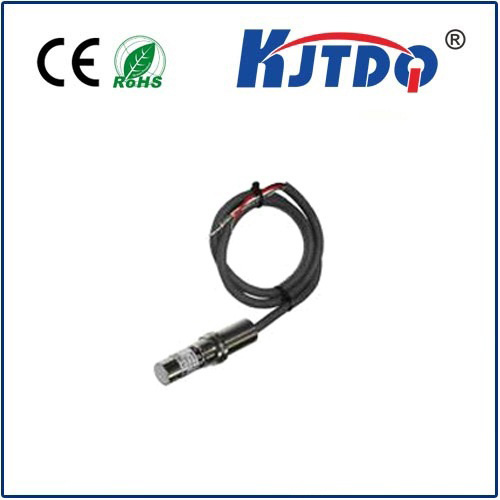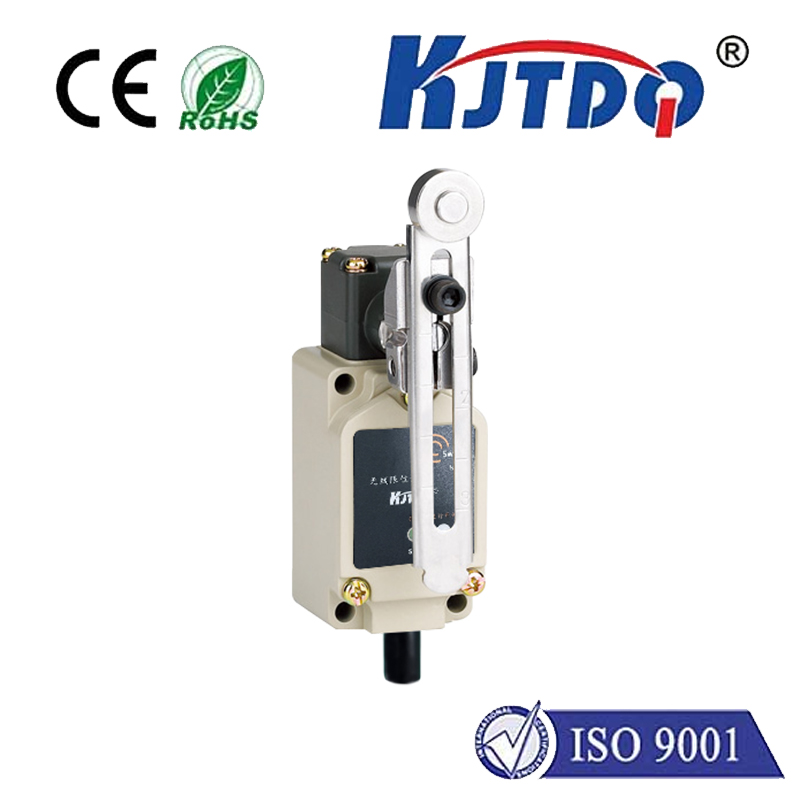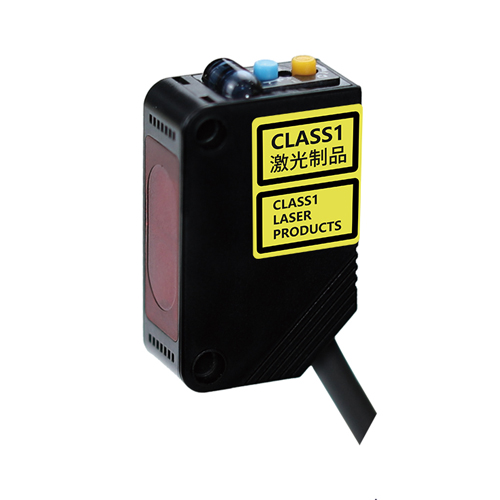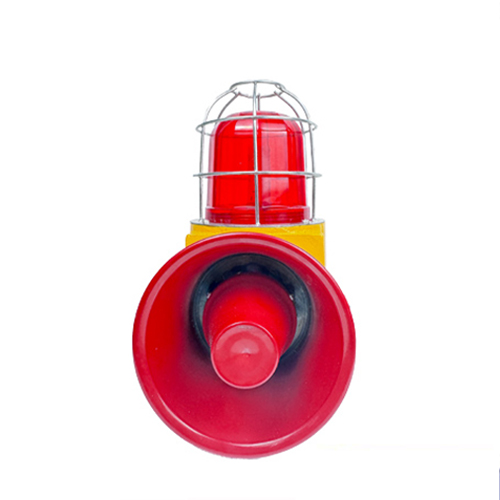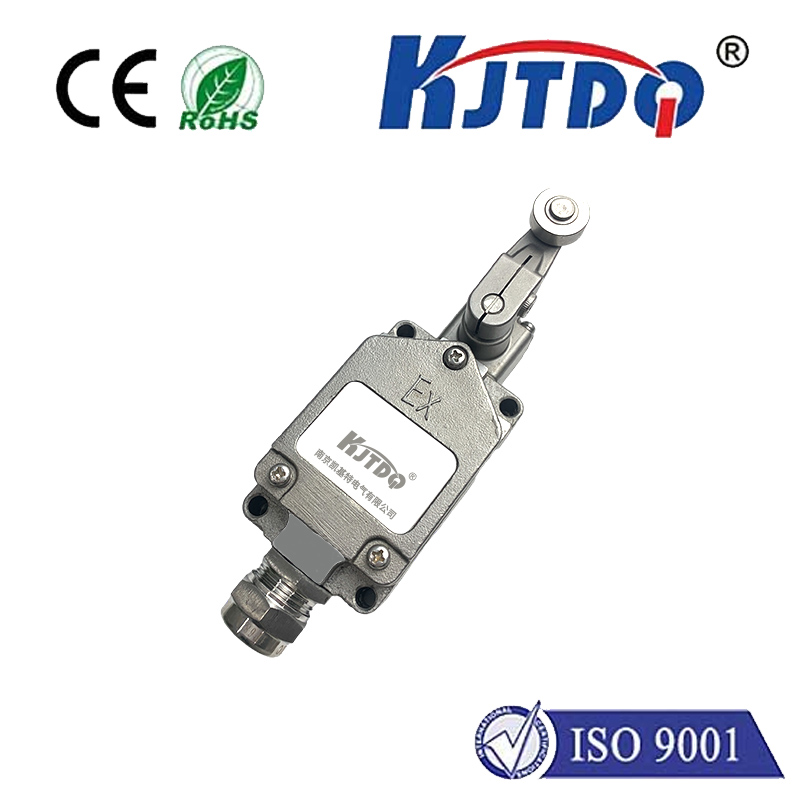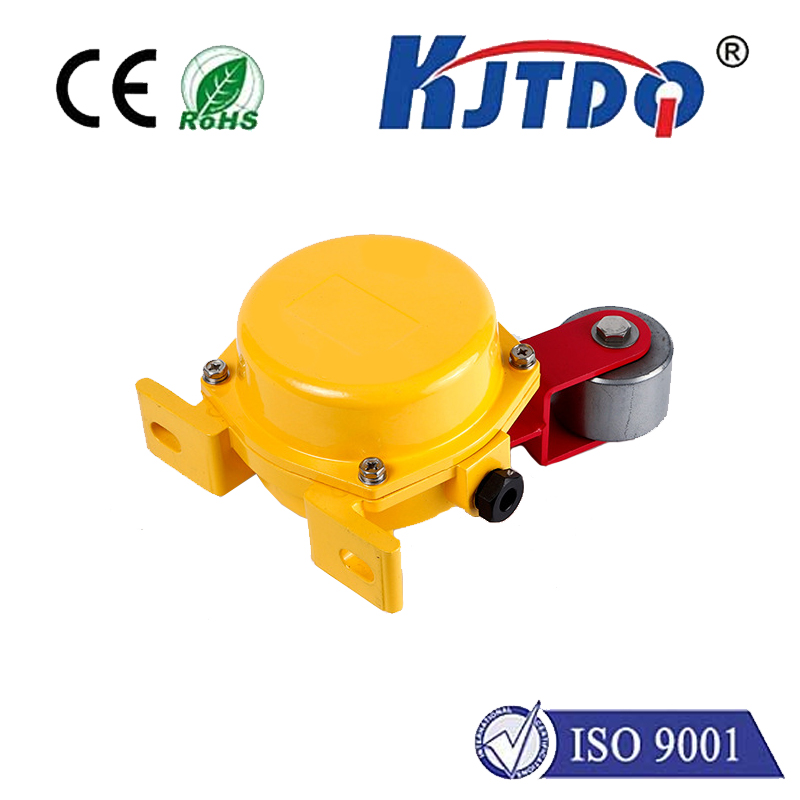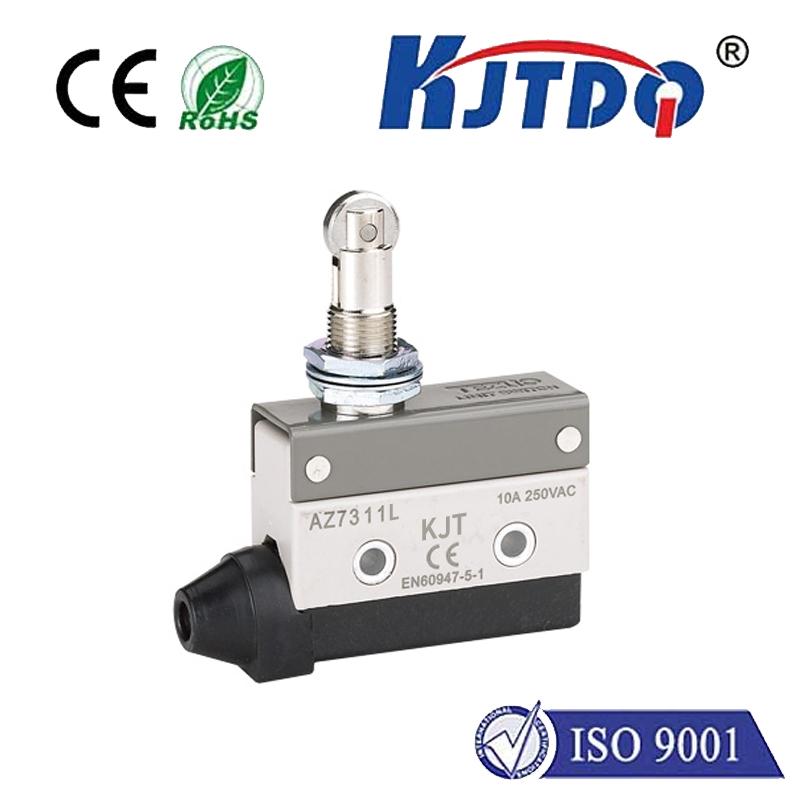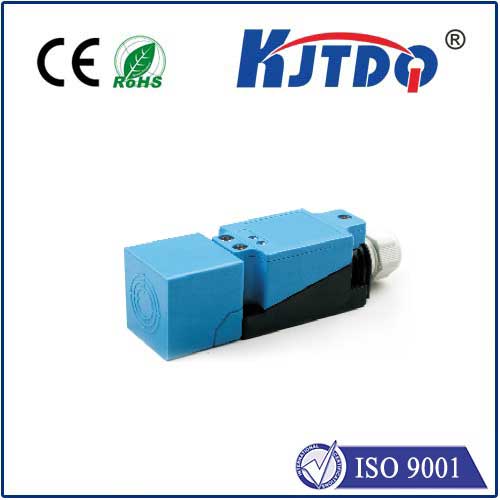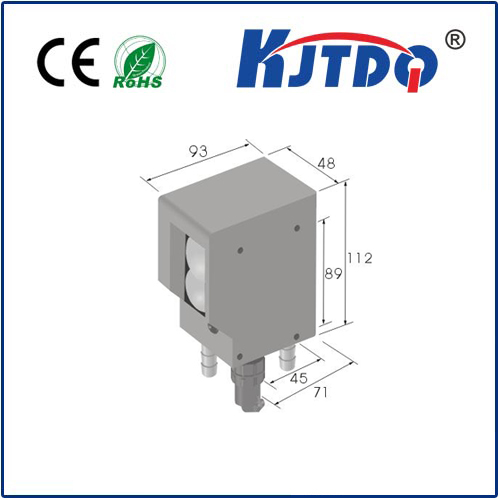

check

check

check

check

check

check

check

check

check

check
Title: Understanding Water Level Laser Sensors: Revolutionizing Hydrological Measurements
Introduction:
In the world of hydrological monitoring, precise measurement of water levels is crucial for a variety of applications, ranging from flood control to water resource management. The advent of water level laser sensors has revolutionized this field by offering unparalleled accuracy and efficiency in data gathering. This article delves into what makes these sensors so transformative and how they function within the broader context of hydrology.
What are Water Level Laser Sensors?
Water level laser sensors are high-tech instruments designed to measure the height of water surfaces with extraordinary precision. Utilizing advanced optoelectronic technology, these sensors emit a focused beam of light that reflects off the water’s surface and is detected by the sensor. By calculating the time it takes for the light to return, the sensor can determine the exact distance to the water surface, thereby providing accurate readings of water levels.

Key Features and Benefits:
One of the primary benefits of water level laser sensors is their non-contact nature, which eliminates potential interference or contamination issues associated with traditional contact-based methods. Additionally, these sensors offer fast response times, allowing for real-time data collection that is vital during rapidly changing environmental conditions such as floods. Their ability to operate effectively over long ranges and varied environmental conditions further enhances their utility across diverse hydrological settings.
Applications in Hydrology:
The applications of water level laser sensors in hydrology are extensive. They are instrumental in reservoir monitoring, enabling managers to track water levels and make informed decisions regarding water release and conservation strategies. In coastal areas, these sensors help predict tides and monitor sea-level rise, aiding in coastal erosion prevention efforts. Furthermore, they play a pivotal role in flood forecasting by providing immediate and accurate data on river levels, aiding in early warning systems that can save lives and protect property.
Integration with Technology:
Water level laser sensors seamlessly integrate with modern technological advancements, such as internet of things (IoT) platforms and cloud computing. This integration allows for remote data access, analysis, and sharing among different stakeholders involved in water management. Moreover, when combined with automated data processing software, these sensors can generate detailed reports and predictions without human intervention, streamlining operations and reducing costs associated with manual data collection and analysis.
Challenges and Considerations:
While water level laser sensors present numerous advantages, there are challenges to consider. Environmental factors such as fog, mist, and direct sunlight can interfere with the laser beam, affecting measurement accuracy. Also, the initial cost of deployment can be relatively high compared to traditional methods. Proper calibration and maintenance are necessary to uphold the integrity of the collected data over time.
Conclusion:
Water level laser sensors stand at the forefront of hydrological monitoring technology, offering unrivaled accuracy and efficiency in measuring water levels. As we continue to face challenges related to water management and natural disaster mitigation, these sensors will undoubtedly remain a critical tool in our pursuit of better understanding and managing our planet's most precious resource. With ongoing advancements in sensor technology and data analytics, the future holds even greater promise for leveraging laser sensors to improve hydrological measurements and water resource management worldwide.
